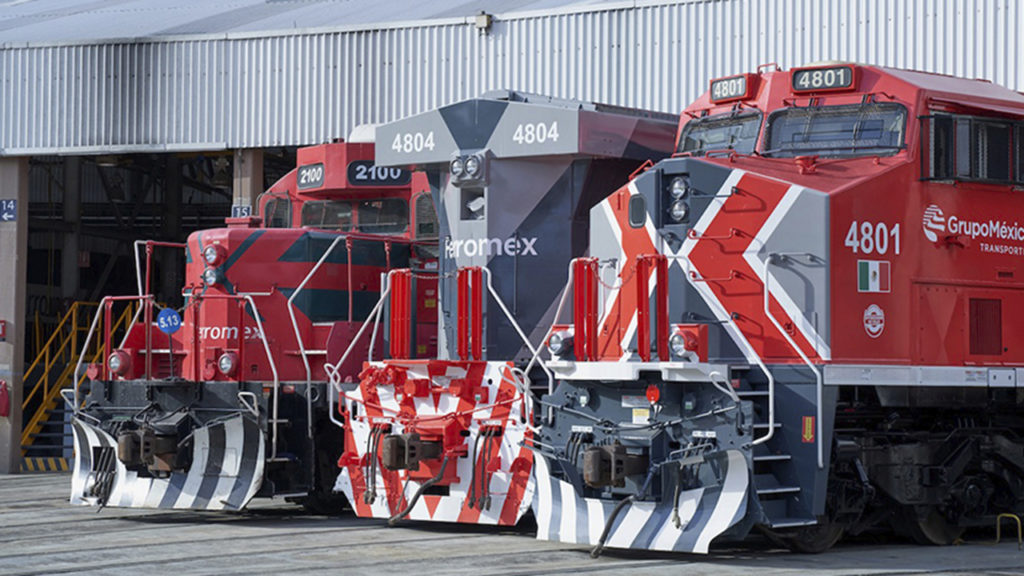
Mexican Navy ‘Occupation’ of GMT Medias Aguas-Coatzacoalcos Line Appears Resolved (Updated June 1)
Written by William C. Vantuono, Editor-in-Chief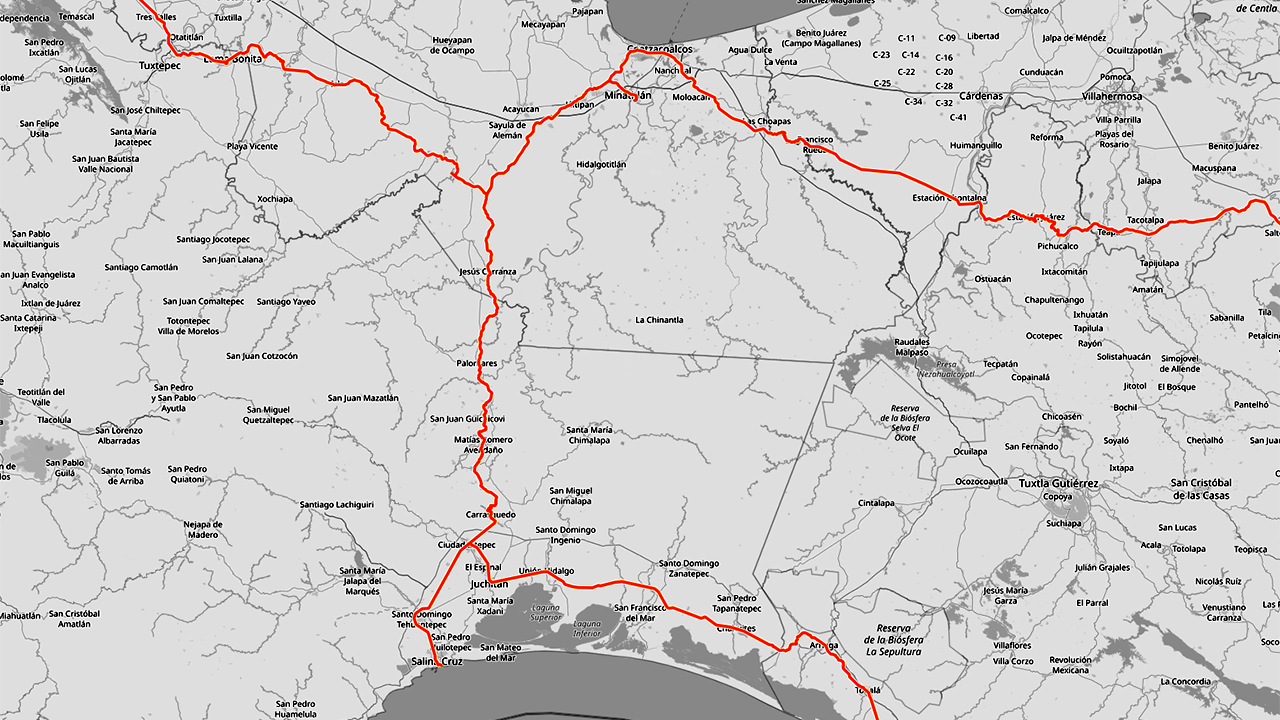
It turned out to be “much ado about nothing” or a political stunt, as some industry observers opined: On May 19, the government of Mexican President Andrés Manuel López Obrador (AMLO) deployed Naval forces to the country’s southern provinces of Veracruz and Oaxaca to occupy a 75-mile section of railroad between Medias Aguas and the port city of Coatzacoalcos operated by Grupo México Transportes (GMT), parent company of Ferromex. The situation appears to have been resolved.
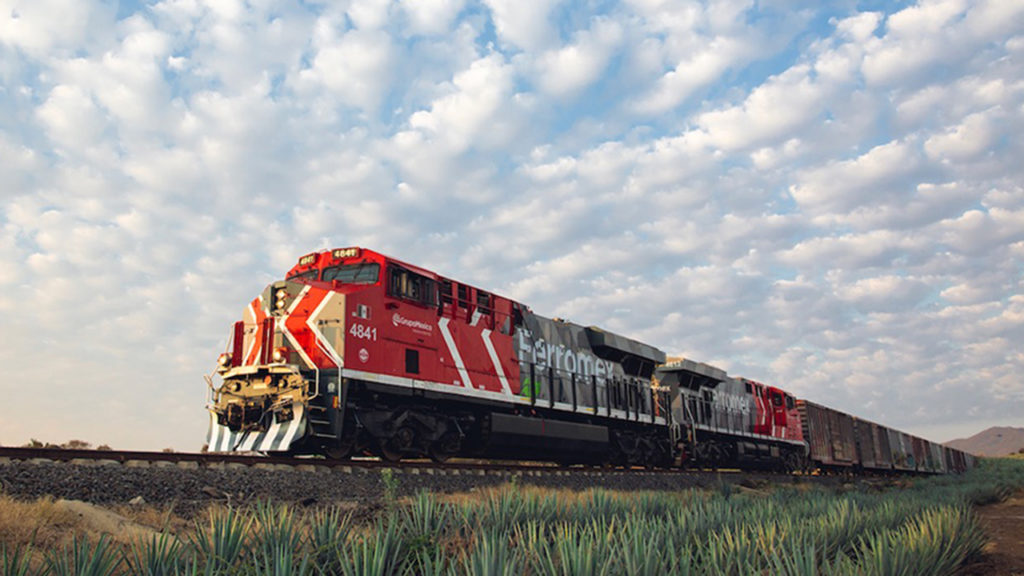
Mexican officials called the seizure “temporary” and “in the public interest.” GMT, the transportation subsidiary of Grupo México, had said that its trains were continuing to operate on the line “with the surveillance of the armed forces,” adding that it was previously unaware of the government’s intended move. “The surprising and unusual takeover of the installations by the armed forces is being analyzed by Grupo México Transportes, its investors and advisers,” the company said the day of the military takeover. Its shares, as well as those of Grupo México, dropped by roughly 4.5% on May 19.
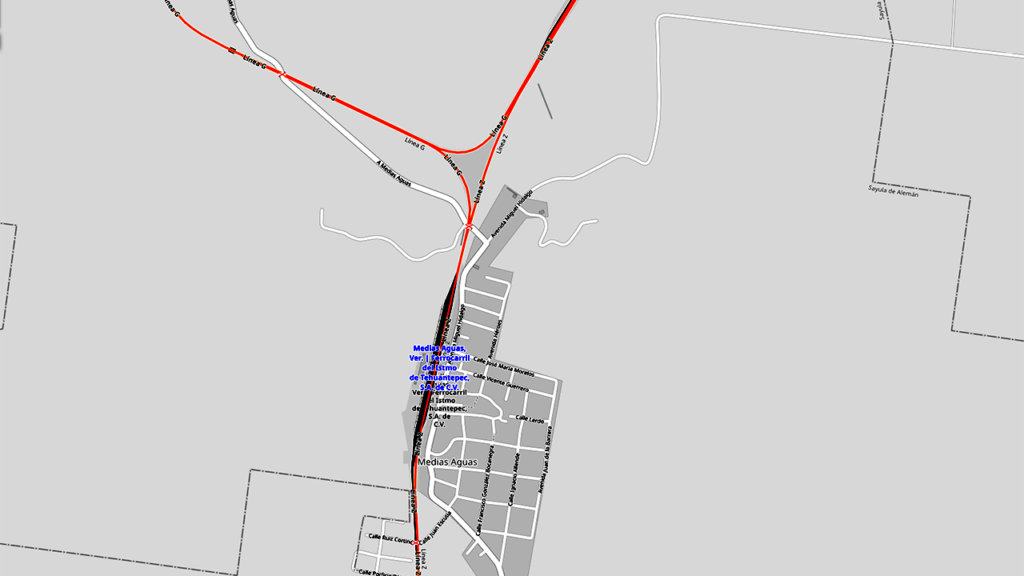
The GMT-operated rail line that was contention is the northern part of one that crosses the Isthmus of Tehuantepec, the narrowest slice of Mexico. It originates at Coatzacoalcos. At Medias Aguas, where it turns west to head toward Mexico City (above), the railway connects with a government-owned line that goes down to Salina Cruz on the Pacific Ocean (below). Completion of a government project called the “Inter-Oceanic Corridor” or the “Trans-Isthmus Railroad,” which is intended to upgrade the entire line and render it competitive with the Panama Canal, is sought by AMLO, who will leave office in September 2024.
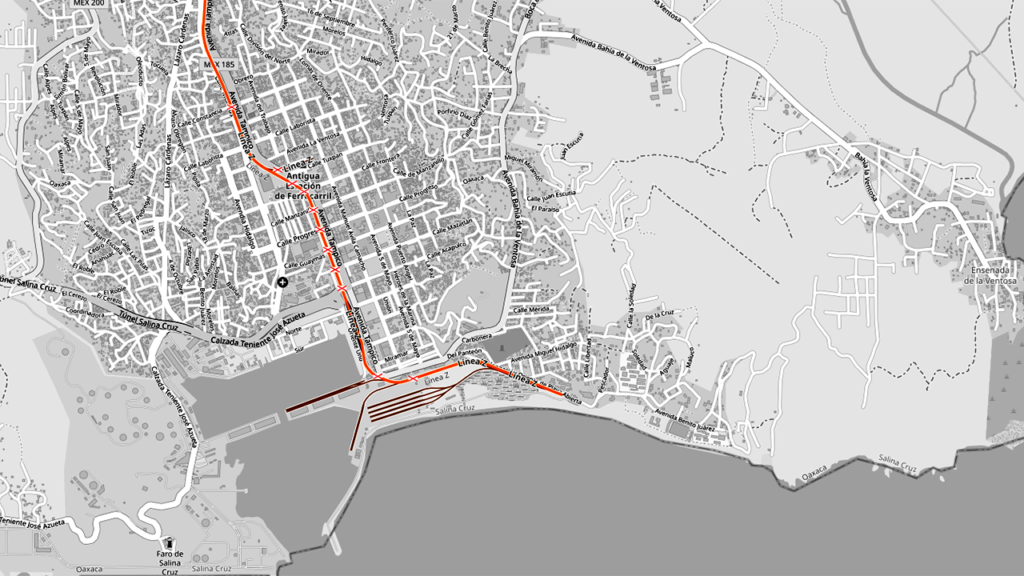
The Mexican government said it would compensate GMT for the seizure, declaring the rail line to be of “public utility,” pointing to an expropriation law specifying such measures could only be taken in exchange for compensation. The expropriated section is a very small portion—about 1% of the 6,900 miles operated by GMT/Ferromex. According to analysts, GMT generated 20.3% of the parent company’s revenues in the past 12 months.
On May 31, according to a Reuters report, the Mexican government and Grupo Mexico reached an agreement to end the occupation. AMLO “appeared to confirm the agreement, saying he did not know if it had been signed yet but that he believed the terms were beneficial for both parties. ‘A good deal was reached,’ the President said. The agreement does not include cash compensation, sources also said, but rather the expansion of expiring concessions. AMLO said that Grupo Mexico had requested US$534.4 million as compensation.”
Further details were forthcoming.
News of the takeover “sparked fresh alarm among financial analysts over the polices of President Andres Manuel López-Obrador, and raised questions about Grupo México’s bid to acquire U.S. Citigroup Inc.’s retail banking arm in Mexico,” Citibanamex, according to a Reuters report. “‘What happened … with Grupo México could put that transaction at risk,’ Gabriela Siller, an analyst at Banco Base, said.”
“Grupo México is controlled by German Larrea, one of Mexico’s richest men, who met López-Obrador this week, according to media reports,” Reuters noted on May 19. “The leftist President said on [May 16] that talks over Grupo Mexico’s plan to buy Citibanamex were going ‘really well.’ López-Obrador has clashed frequently with big business, accusing political opponents of rigging the economy in favor of corporate elites, and sparking disputes with the U.S. and Canada over his bid to tighten state control over the energy market.”
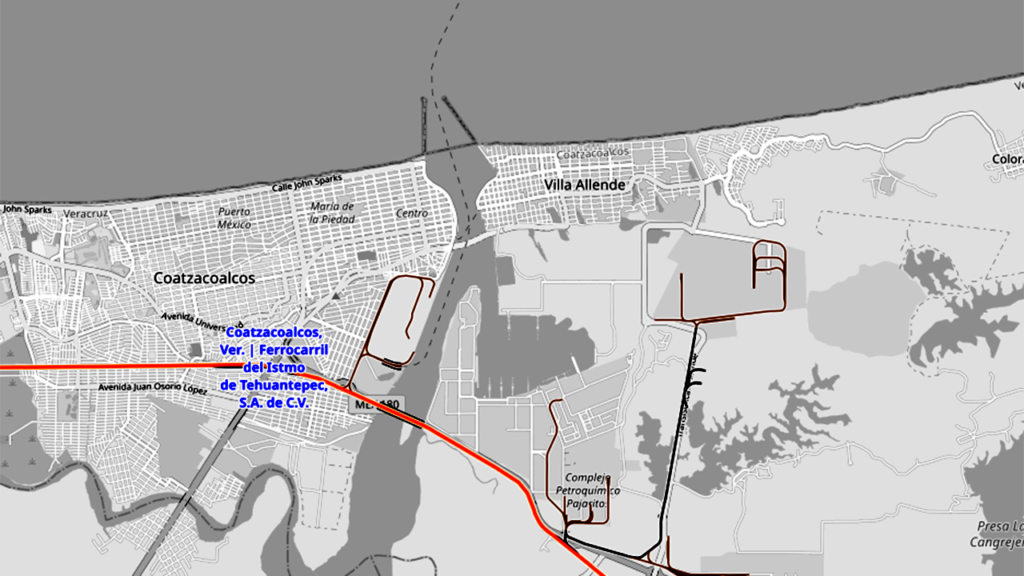
Coatzacoalcos (above) is where Class III CG Railway LLC railcar ferries dock when they arrive from a three-day journey from the Port of Mobile, Ala. “This is a very difficult piece of railway between Coatzacolcos and Medias Aguas,” remarked one industry observer. “There may be some dispute about deferred maintenance and transport capacity. There is also a large PEMEX products plant at Coatzacoalcos and some other critical industries.” CG Railway did not respond to Railway Age’s request for comment.
CPKC de México (formerly KCSM), which does not connect with the Isthmus Railroad, told Railway Age that it “is not aware of the circumstances involved in this action. It is outside the scope of our concession and outside of our network. As such, it is not relevant to, nor does it affect, CPKC de México’s operations or concession.”
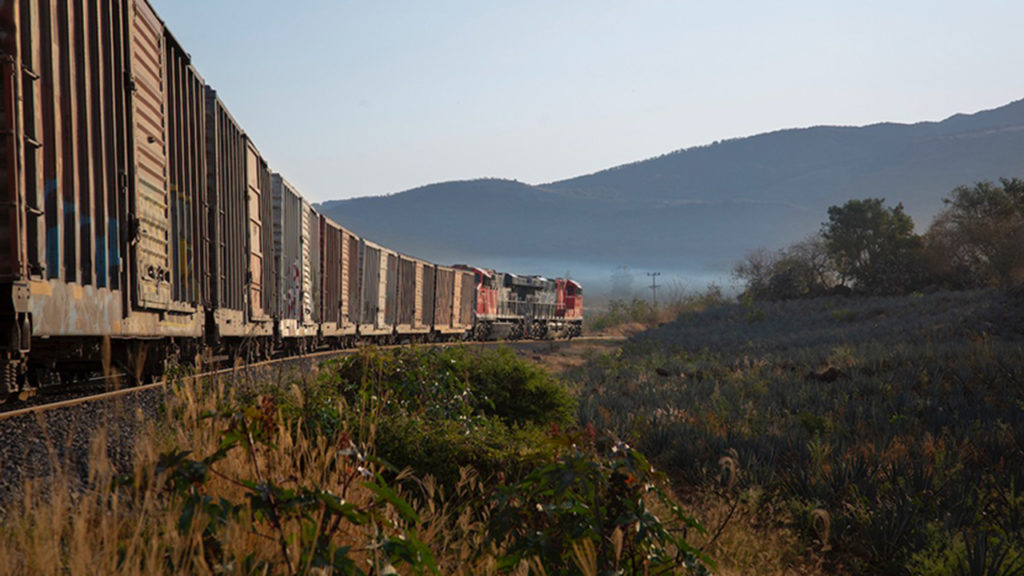
The GMT situation is tied in with another rail infrastructure project: the Mayan Train, another AMLO-favored government project aimed at developing Mexico’s poorer southern provinces. On May 18, the day before the GMT rail line seizure, Mexico’s Supreme Court—which is said to have an adversarial relationship with AMLO—issued a setback to the President when it ruled that the government is not within its rights to declare the Mayan Train and similar infrastructure projects of national security to facilitate construction. The Mayan Train project was briefly put on hold in 2022 after an injunction was issued “for failing to file an environmental impact statement,” according to media reports. “López-Obrador … has been racing to complete the rail line before exiting office. The Supreme Court said that the ‘national security’ designation would violate transparency laws about public works. But López Obrador responded to the court’s decision by issuing an order in the Official Gazette of the Federation, where government rules and regulations are published, reinstating the ‘national security’ designation. The order would cover projects like the Mayan Train as well as the Isthmus of Tehuantepec rail-to-sea network and several airports, shielding them from normal permitting processes.”
